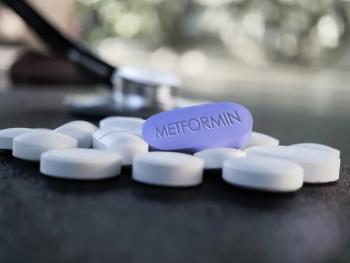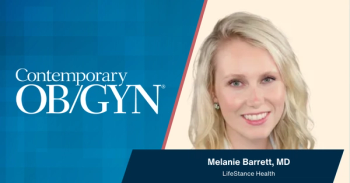
Bipolar Radiofrequency Endometrial Ablation Outperforms Hydrothermablation for Menorrhagia
Bipolar radiofrequency endometrial ablation is more effective than hydrothermablation in the treatment of menorrhagia at five years, according to research published in Obstetrics & Gynecology.
Bipolar radiofrequency endometrial ablation is more effective than hydrothermablation in the treatment of menorrhagia at five years, according to research published in Obstetrics & Gynecology.
Dr. Josien P. Penninx, from the department of obstetrics and gynecology at Mxima Medical Centre, Veldhoven, the Netherlands, and colleagues conducted a double-blind, randomized controlled trial comparing bipolar ablation with hydrothermablation in treating menorrhagia. Initial research reported the superiority of bipolar radiofrequency endometrial ablation at 12 months. A follow-up study looked at results at the five-year mark.
The initial study randomized 160 women to either the bipolar ablation group ([N=82]) or the hydrothermablation group ([N=78]). The women had menorrhagia and scored at least 150 points on the pictorial chart rating system1; uterine depth between 6 cm and 11 cm; and were premenopausal.
Five years following treatments, the researchers sent participants a questionnaire to ascertain amenorrhea rates, reinterventions, and patient satisfaction. Response rates were 90% and 83% in the bipolar group and hydrothermablation group, respectively.
Researchers found that 55.4% of the bipolar group and 35.4% of the hydrothermablation group had amenorrhea, with a relative risk of 1.5. Reinterventions due to persistent menorrhagia were required in 67% of the hydrothermablation group (N=29) and 33% of the bipolar group (N=14). Overall, patients in the bipolar group were more satisfied than their counterparts in the hydrothermablation group (80.6% and 48.4%, respectively).
This study provides guidance for clinicians making treatment choices for their patients. “The results from this follow-up study showed that bipolar ablation has many advantages over hydrothermablation,” Penninx and colleagues concluded. “Higher amenorrhea rate, less reinterventions, and higher levels of satisfaction were shown. So, the bipolar radiofrequency endometrial ablation system is more effective than hydrothermablation in the treatment of menorrhagia.”
References:
Source:
Penninx JP, Herman MC, Mol BW, Bongers MY. Five-year follow-up after comparing bipolar endometrial ablation with hydrothermablation for menorrhagia. Obstet Gynecol. 2011;118(6):1287-92.
Reference:
1. Higham JM, O’Brien PM, Shaw RW. Assessment of menstrual blood loss using a pictorial chart. Br J Obstet Gynaecol. 1990;97:734â39.
Newsletter
Get the latest clinical updates, case studies, and expert commentary in obstetric and gynecologic care. Sign up now to stay informed.










